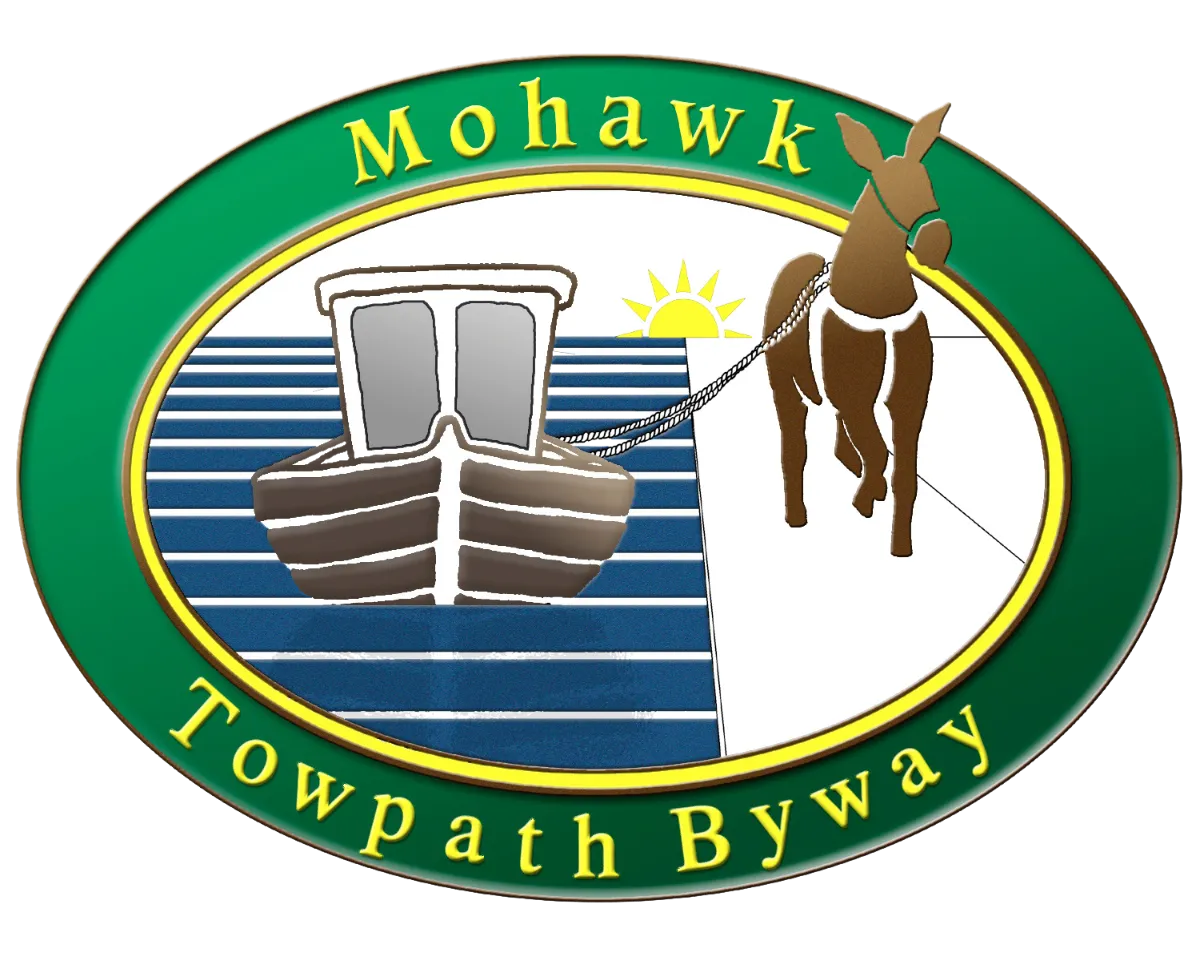Site Map
Pages
- Home Page
- Bicycling
- Hiking
- Boating
- Exploring on the Water
- Birding
- Fishing
- Winter Sports
- Golfing
- Itineraries
- Outdoor Recreation
- Site Map
- Find Us
- Support the Byway
- Blog
- Stay, Dine & Shop
- For Your Drive
- Travel Conditions
- Local Resources
- Turn by Turn Directions
- Tours
- Key Attractions
Posts by category
- Category: events
- Category: Uncategorized
My Templates
Itineraries
Key Attractions
- Waterford Harbor Visitor Center
- Flight of Locks
- Riverspark Cohoes Visitor Center
- Waterford Historical Museum and Cultural Center
- Harmony Mills Historic District
- Falls View Park – Cohoes Falls
- Vischer Ferry Nature and Historic Preserve
- Riverview Orchards
- Stockade Historic District
- Schenectady Historical Society
Nearby Attractions
- Mabee Farm Historic Site
- New York State Museum
- Albany Institute of History and Art
- Schuyler Mansion State Historic Site
- The Ten Broeck Mansion
- Historic Cherry Hill
Outdoor Recreation
- Barney Road Golf Course
- Eagle Crest Golf Course
- Mechanicville Golf Course
- Mill Road Acres Golf Course
- Mohawk Golf Course
- Mohawk River Golf Club
- Schenectady Municipal Golf Course
- Stadium Golf Course
- The Fairways of Halfmoon
- Town of Colonie Golf Course
- Cross-Country Skiing
- Ice Skating
- Snow Shoeing
- Cohoes
- Colonie
- Halfmoon
- Glenville
- Schenectady
- Scotia
- Vischer Ferry
- Rexford
- Niskayuna
- Waterford Battery Park
- Lock 7 Dam Overlook
- Old Military Crossing
- Niskayuna Lions Park
- Peebles Island State Park
- Albany Marine Services
- Crescent Boat Club
- Klam’r Tavern and Marina
- Blain’s Bay Marina
- Diamond Reef Yacht Club
- Schenectady Yacht Club
- Mohawk Valley Marine
- Mohawk Harbor Marina
- Max410 at The Waters Edge
- Arrowhead Marina and RV Park
- Freddie’s Park
- Crescent Terminal Wall
- Halfmoon-Crescent Park
- Vandenburgh Dunsbach Ferry Launch
- Mohawk Riverside Landing Park
- Niskayuna Lions Park
- Vischer Ferry Nature and Historic Preserve Car Top Launch
- Vischer Ferry Nature and Historic Preserve Clute’s Dry Dock Launch
- Vischer Ferry Nature and Historic Preserve Whipple’s Bridge Launch
- Lock E7 Boat Ramp
- Mohawk Landing Nature Preserve
- Aqueduct Park
- Freeman’s Bridge Boat Launch
- Gateway Landing/Rotary Park
- Scotia Village Docks at Freedom Park
- Collins Lake
- Maalwyck Park
- Lock 8 Scotia
- Lock E2 E Mile 0.63
- Lock E3 E Mile 1.09
- Lock E4 E Mile 1.60
- Lock E5 E Mile 187
- Waterford Harbor Visitor Center
- Waterford Point Boat Ramp, Confluence of Erie and Champlain Canals
- Peebles Island State Park
- Alcathy’s Boat Launch, Flight Lock Road Boat Launch
- Waterford Historical Museum
- Rexford Ramble
- Bike the Byway
- Mohawk Hudson Bike-Hike Trail
- Old Champlain Canal Trail
- Champlain Canalway Trail
- Mohawk Towpath
- Vischer Ferry Nature and Historic Preserve
- Peebles Island State Park
- Mohawk River State Park
- Mohawk Landing
- Mohawk Hudson Bike-Hike Trail
- Waterford Harbor
- Islands off Town of Halfmoon
- Wager’s Pond Outlet
- Lake Between Crescent and Vischer Ferry
- Vischer Ferry Nature and Historic Preserve
- City of Schenectady Waterfront
Resources
- Discover Albany
- Discover Schenectady
- Discover Saratoga Springs
- The Chamber of Southern Saratoga County
- Colonie Chamber of Commerce
- Medical Center of Clifton Park
- Albany Medical Center
- Ellis Hospital
